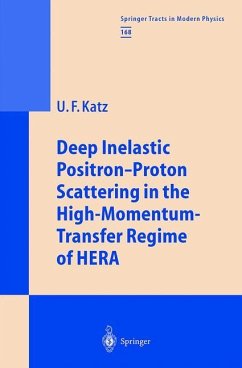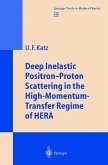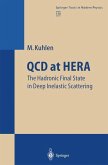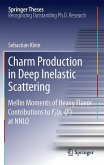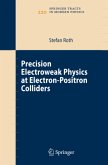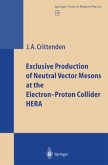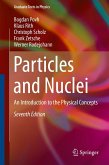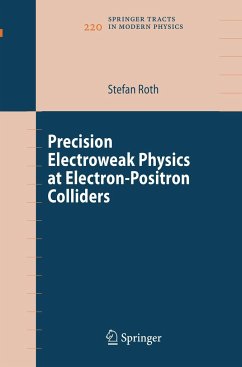The book reviews recent developments in the field of deep inelastic electron-proton reactions at high momentum transfers. These studies have been made feasible by the high-statistics ep collision data collected by the experiments ZEUS and H1 at the HERA accelerator at DESY. The standard model framework for describing deep inelastic scattering and scenarios beyond the standard model, as well as the experimental situation, is discussed, and the experimental results are collected and confronted with the theoretical predictions.
About three decades after the first experiments on deep inelastic lepton hadron scattering began to investigate the structure of hadrons, the history of this fruitful field of particle physics continues in the broad spectrum of research performed at the electron and positron proton collider HERA at DESY, where the multipurpose detectors ZEUS and H1 access ep scattering at a center of mass energy of 300 GeV and explore as yet uncharted kinematic realms of deep inelastic scattering. After the first years of data taking at HERA, each of the experiments has collected a total of roughly 40 pb 1 of e+p data, yielding sensitivity to deep inelastic e+p interactions at high four momentum transfers, Q2, where typi cal cross sections drop into the subpicobarn regime. This kinematic domain is characterized by electroweak unification, manifesting itself most markedly in the neutral and charged current cross sections, which approach an equal order of magnitude as Q2 rises above the square of the W and Z masses. Consequently, HERA allows, for the first time, studies of both types of pro cesses simultaneously with the same initial state conditions and in the same detector, and thus we can investigate the interplay of electroweak and strong forces governing the respective cross sections.
Hinweis: Dieser Artikel kann nur an eine deutsche Lieferadresse ausgeliefert werden.
About three decades after the first experiments on deep inelastic lepton hadron scattering began to investigate the structure of hadrons, the history of this fruitful field of particle physics continues in the broad spectrum of research performed at the electron and positron proton collider HERA at DESY, where the multipurpose detectors ZEUS and H1 access ep scattering at a center of mass energy of 300 GeV and explore as yet uncharted kinematic realms of deep inelastic scattering. After the first years of data taking at HERA, each of the experiments has collected a total of roughly 40 pb 1 of e+p data, yielding sensitivity to deep inelastic e+p interactions at high four momentum transfers, Q2, where typi cal cross sections drop into the subpicobarn regime. This kinematic domain is characterized by electroweak unification, manifesting itself most markedly in the neutral and charged current cross sections, which approach an equal order of magnitude as Q2 rises above the square of the W and Z masses. Consequently, HERA allows, for the first time, studies of both types of pro cesses simultaneously with the same initial state conditions and in the same detector, and thus we can investigate the interplay of electroweak and strong forces governing the respective cross sections.
Hinweis: Dieser Artikel kann nur an eine deutsche Lieferadresse ausgeliefert werden.

